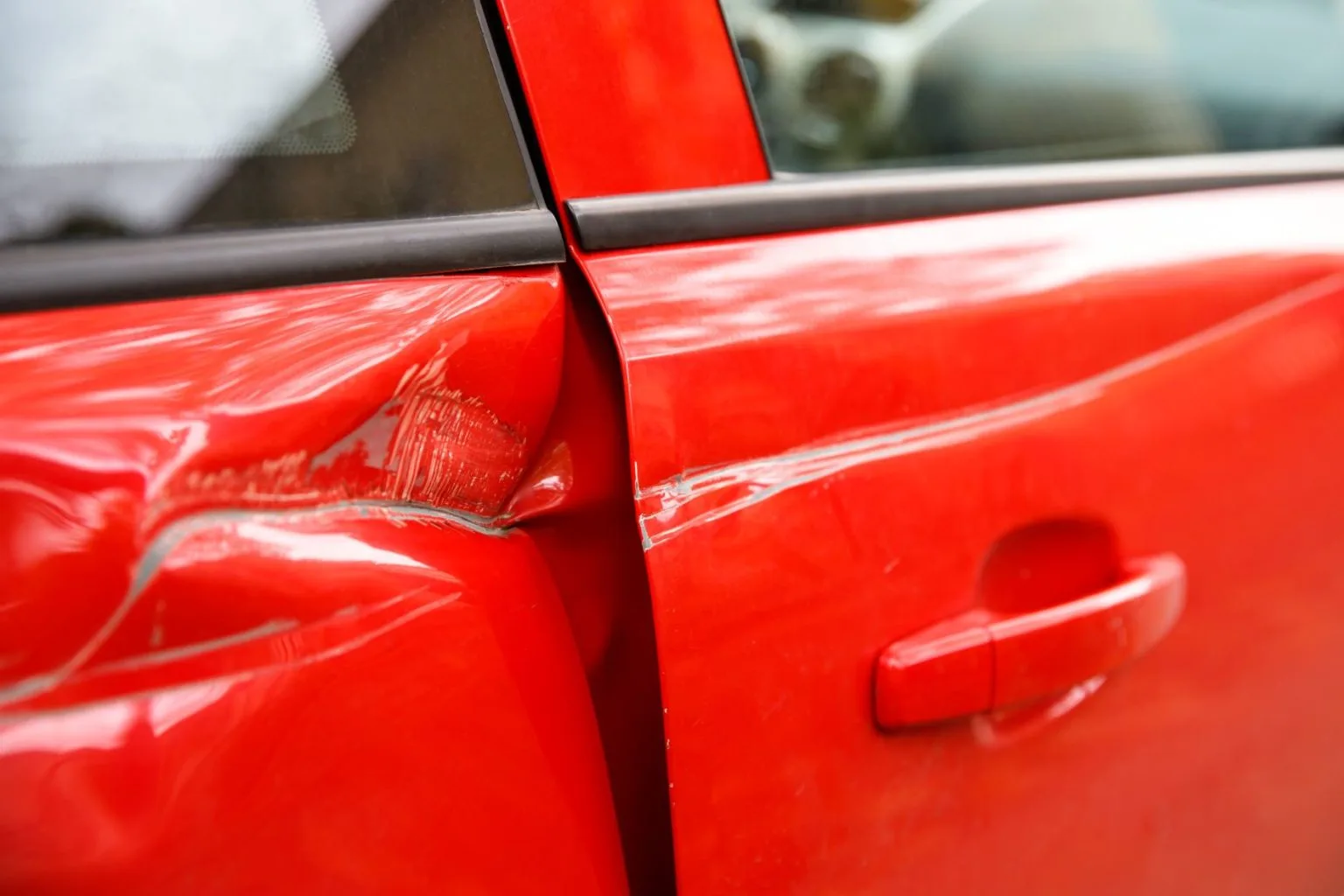The Best Ways to Prevent Dents and Scratches on Your Car
As a car owner, one of the most frustrating things is seeing dents and scratches appear on your vehicle.
Whether it’s a small door ding or a deep scratch from a parking mishap, these imperfections can take away from your car’s appearance and sometimes even its value. Fortunately, preventing these issues is easier than you might think.
In this article, we’ll discuss the best ways to protect your car and keep it looking pristine for years to come.
1. Park Smart
Parking is one of the easiest ways to avoid dents and scratches. Here are some tips to keep in mind when you park:
- Avoid Tight Spaces: Always look for parking spots that offer enough room for you to open your doors without hitting anything. Parking between two cars in tight spaces is an invitation for door dings.
- Park Away from Other Vehicles: If possible, park away from other cars in less crowded areas. Not only does this reduce the chance of someone bumping into your car, but it also lowers the likelihood of encountering flying shopping carts or careless drivers.
- Use Parking Sensors or Cameras: If your car has parking sensors or a rearview camera, use them! These tools help you avoid scraping your car against walls, curbs, or other vehicles when parking.
2. Install Paint Protection Film (PPF)
If you want to take extra precautions, consider applying paint protection film (PPF) to the high-risk areas of your car.
This clear, durable film acts as a shield against rock chips, scratches, and minor abrasions.
It’s most commonly applied to the front bumper, hood, side mirrors, and door edges—areas that are prone to damage from road debris.
PPF is nearly invisible, so it won’t detract from your car’s appearance while giving you added protection. Plus, it’s easily replaceable if it gets damaged.
3. Use Car Covers
If you park your car outdoors, a car cover is a great investment to protect your vehicle from the elements.
A good-quality cover will shield your car from branches, hail, and other debris that might cause scratches. It’s especially useful during storms or when parking under trees where sap, bird droppings, or falling objects can damage your paint.
When choosing a car cover, make sure it’s breathable and fits your car snugly to avoid rubbing against the paint.
4. Mind the Car Wash
While keeping your car clean is essential for its maintenance, washing it incorrectly can cause scratches and swirl marks. Here are some car washing tips to keep in mind:
- Use Soft Cloths and Sponges: Always use microfiber towels or soft sponges when washing your car. Avoid using rough brushes or towels that can scratch the paint.
- Avoid Automatic Car Washes: Some automatic car washes have harsh brushes that can scratch your car’s surface. If you must use one, choose a touchless car wash.
- Rinse First: Before washing, rinse your car thoroughly to remove dirt and debris. Washing over dirt can cause the particles to scratch the paint.
- Dry Gently: After washing, dry your car with a microfiber towel to avoid water spots and scratches.
5. Wax Regularly
Waxing your car not only enhances its shine but also creates a protective layer on the paint. The wax acts as a barrier, protecting your car from dirt, grime, and other contaminants that could cause scratches.
It also makes it easier to wash your car since dirt and water won’t stick as easily to the surface.
To get the best results, wax your car every few months or after a wash. Be sure to choose a high-quality car wax suitable for your vehicle’s paint.
6. Be Cautious with Keys and Other Hard Objects
It’s easy to accidentally scratch your car with keys, metal objects, or even a handbag. Be mindful of where you place these items when you’re near your vehicle.
For example, avoid putting your keys or phone in your back pocket and sitting on the car door or roof when you’re loading or unloading items.
These simple precautions can go a long way in avoiding scratches.
7. Install Door Edge Guards
If you’re concerned about door dings from other vehicles, consider installing door edge guards. These rubber or plastic strips fit onto the edges of your doors and provide a cushion in case someone bumps into your car. Door edge guards are inexpensive and easy to install, making them a practical solution to protect your car’s paint.
8. Avoid Close Encounters with Shopping Carts
Shopping carts are one of the most common culprits behind scratches and dents in parking lots. When you’re at the store, always make sure your car is parked away from the cart return area. If possible, park closer to the store entrance where there’s less foot traffic, and always be mindful of where the carts are being pushed.
9. Drive Carefully
Your driving habits play a role in how prone your car is to damage. Avoid getting too close to the curb when parking, and be cautious when driving near bushes, trees, or other objects that could scrape or dent your car. Additionally, driving at a moderate speed will reduce the chances of rocks or debris flying up and hitting your vehicle.
10. Get Paint Touch-Ups Early
If you notice any chips or scratches on your car’s paint, take care of them as soon as possible. Small imperfections can turn into bigger problems if left untreated. You can use a touch-up kit to repair minor scratches or chips, or you can take your car to a professional for more extensive damage.
While it’s impossible to completely avoid dents and scratches, taking these preventative measures will certainly reduce the chances of them occurring. Whether it’s parking smart, using protective film, or waxing your car regularly, these simple steps will help keep your vehicle looking brand new for longer. And, if you do end up with a scratch or dent, don’t panic—there are plenty of ways to repair minor damage without having to repaint your whole car.
For more tips and advice on car care, visit HaseebAutomotive.com, where we share the best practices to keep your car in top condition!



Leave a Reply